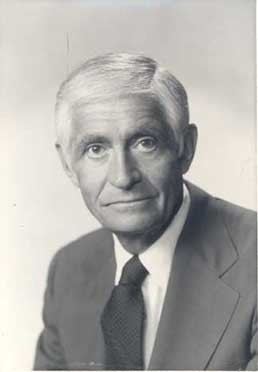Name Robert Heath | ||
 | ||
Died September 24, 1999, St. Petersburg, Florida, United States Books Marijuana and the Brain, Studies in Schizophrenia: A Multidisciplinary Approach to Mind-brain Relationships Education Columbia University, University of Pittsburgh | ||
Robert Galbraith Heath (9 May 1915 – 24 September 1999) was an American psychiatrist. He followed the theory of biological psychiatry that organic defects were the sole source of mental illness, and that consequently mental problems were treatable by physical means. He published 360 papers and published three books. One of his first papers is dated 1946.

Heath founded the Department of Psychiatry and Neurology at Tulane University, New Orleans, in 1949 and remained its chairman until 1980. He performed many experiments there involving electrical stimulation of the brain via surgically implanted electrodes. He placed DBS electrodes into the brains of 38 patients or more. This work was partially financed by the CIA and the US military.
Heath also experimented with the drug bulbocapnine to induce stupor, and LSD, using prisoners in the Louisiana State Penitentiary as experimental subjects. He worked on schizophrenia patients, which he regarded as an illness with a physical basis.
Gay Conversion Therapy and Patient B-19
Heath was experimenting in 1953 on inducing paroxysms (orgasms) onto human brains. During the course of his experiments in deep brain stimulation, Dr. Heath experimented with gay conversion therapy, and claimed to have successfully converted a homosexual patient, labeled in his paper as Patient B-19. The patient, who had been arrested for marijuanna possession, was implanted with electrodes into the septal region (associated with feelings of pleasure), and many other parts of his brain. The septal electrodes were then stimulated while he was shown heterosexual pornographic material. The patient was later encouraged to have intercourse with a prostitute recruited for the study. As a result, Heath claimed the patient was successfully converted to heterosexuality. This research would be deemed unethical today for a variety of reasons. The patient was recruited for the study while under legal duress, and further implications for the patient's well-being, including indications that electrode stimulation was addictive, were not considered. While it is unlikely this experiment would pass a modern institutional review board, it is the basis of gay conversion therapy practices that are still performed today.
